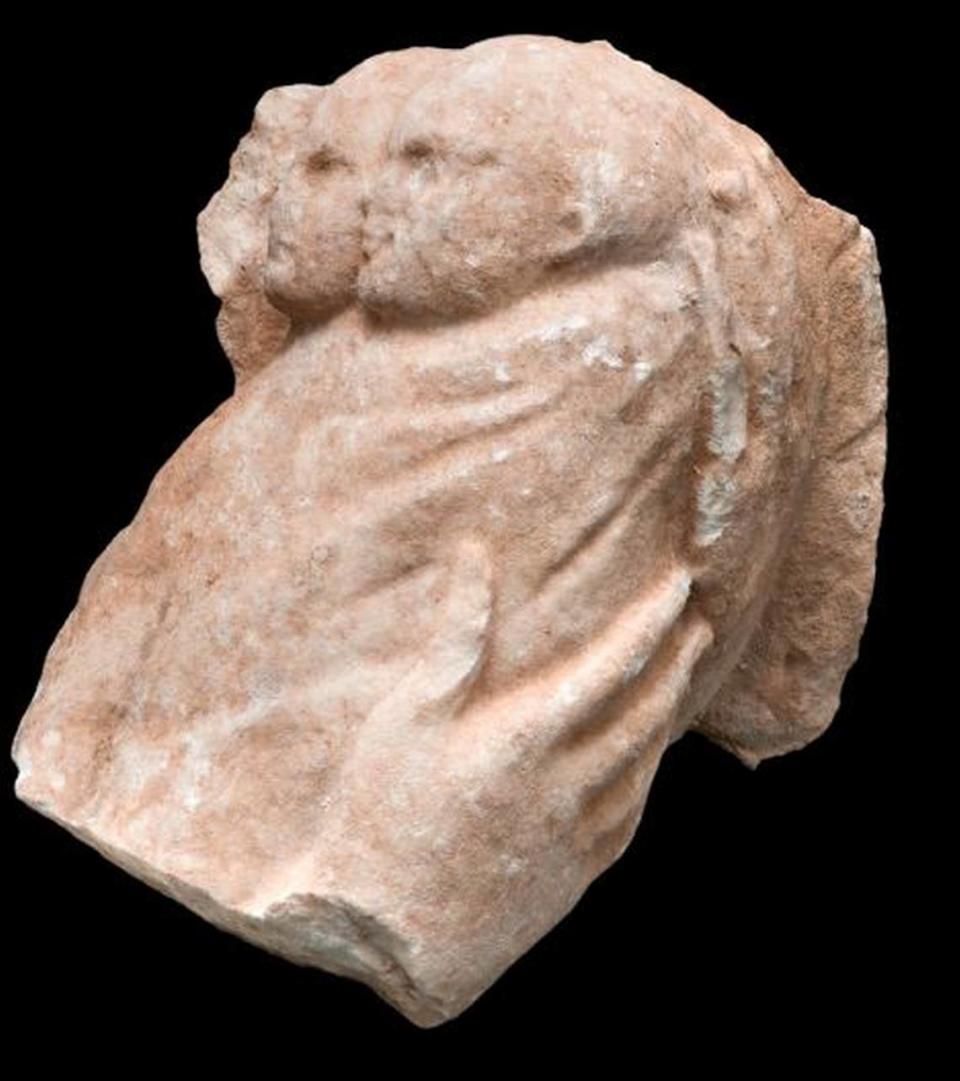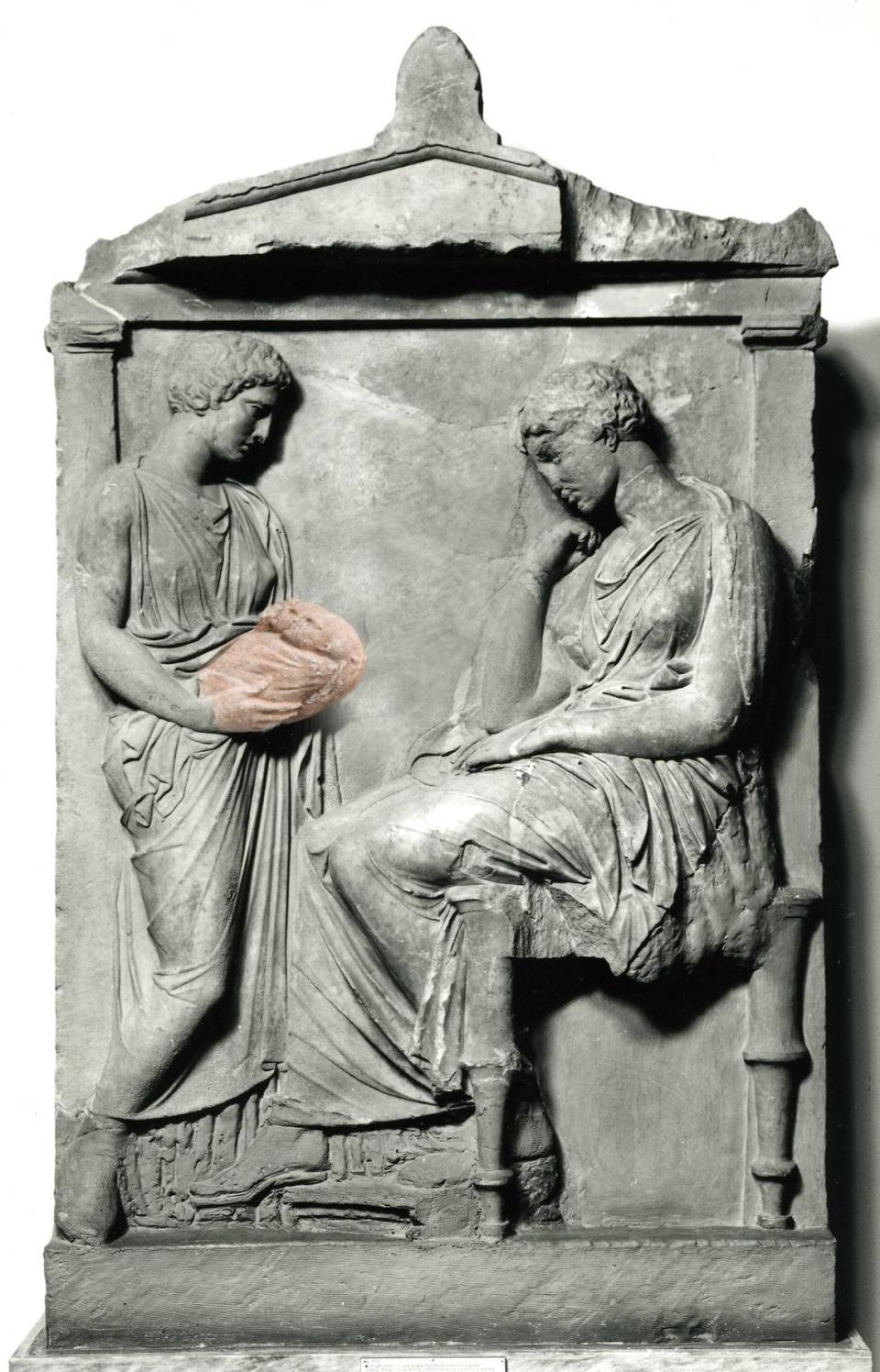Shell collector finds rare marble depicting twins in Greek stream. See it on display
Years after a rare Greek marble was discovered, the unique find is finally on display for the world to see.
In November 2008, a man went to the National Archaeological Museum with a bundle of cloth, the museum said in a March 22 news release.
He said he was a shell collector and discovered the bundle while rooting around a stream in Menidi, on the west coast of Greece.
Archaeologists took the bundle, made from old clothes, and found a fragment of a marble carving inside, the museum said.
The archaeologists were surprised by the depiction, according to the museum.
The carving showed two babies wrapped in the arms of a woman, a rare type of funerary stele.

Uncover more archaeological finds
What are we learning about the past? Here are three of our most eye-catching archaeology stories from the past week.
→ Hidden tunnel network found at abandoned 800-year-old home in France
→Metal detectorist stumbles on 650-year-old artifact — and sparks a mystery
→ Ancient Roman ruins found in Germany help solve 140-year-old mystery, photos show
The funerary stele, carvings associated with tombs and headstones, likely belonged to a woman who died during childbirth, the museum said. The babies, twins in the same arms, represented their shared fate as orphans, according to the archaeologists.
The marble section would have been part of a larger image showing the mother, the museum said.
The discovery is likely from the 4th century B.C., museum archaeologists said, and it is the only known surviving stele to depict twins.

The imagery of twins in Ancient Greek art itself, however, is not rare, Heritage Daily reported. Leto, the mother of twins Artemis and Apollo, is often used as a symbol of motherhood and a maternal goddess in images with her children.
The stele is now on display as part of a larger museum collection, called the Unseen Museum.
The museum said the exhibit “brings to the fore antiquities stored in its vaults, away from the visitor’s eyes,” according to the release.
The exhibit runs until May 13 in Athens, Greece.
Exotic horses – used in jousting tournaments – found buried near Buckingham Palace
Roman helmet looked like a ‘rusty bucket’ when it was found in UK. Now, it’s restored
Ancient warehouse — from first Roman city outside Italy — discovered in France. See it
Mysterious wooden train car — almost 100 years old — unearthed in Belgium, photos show

